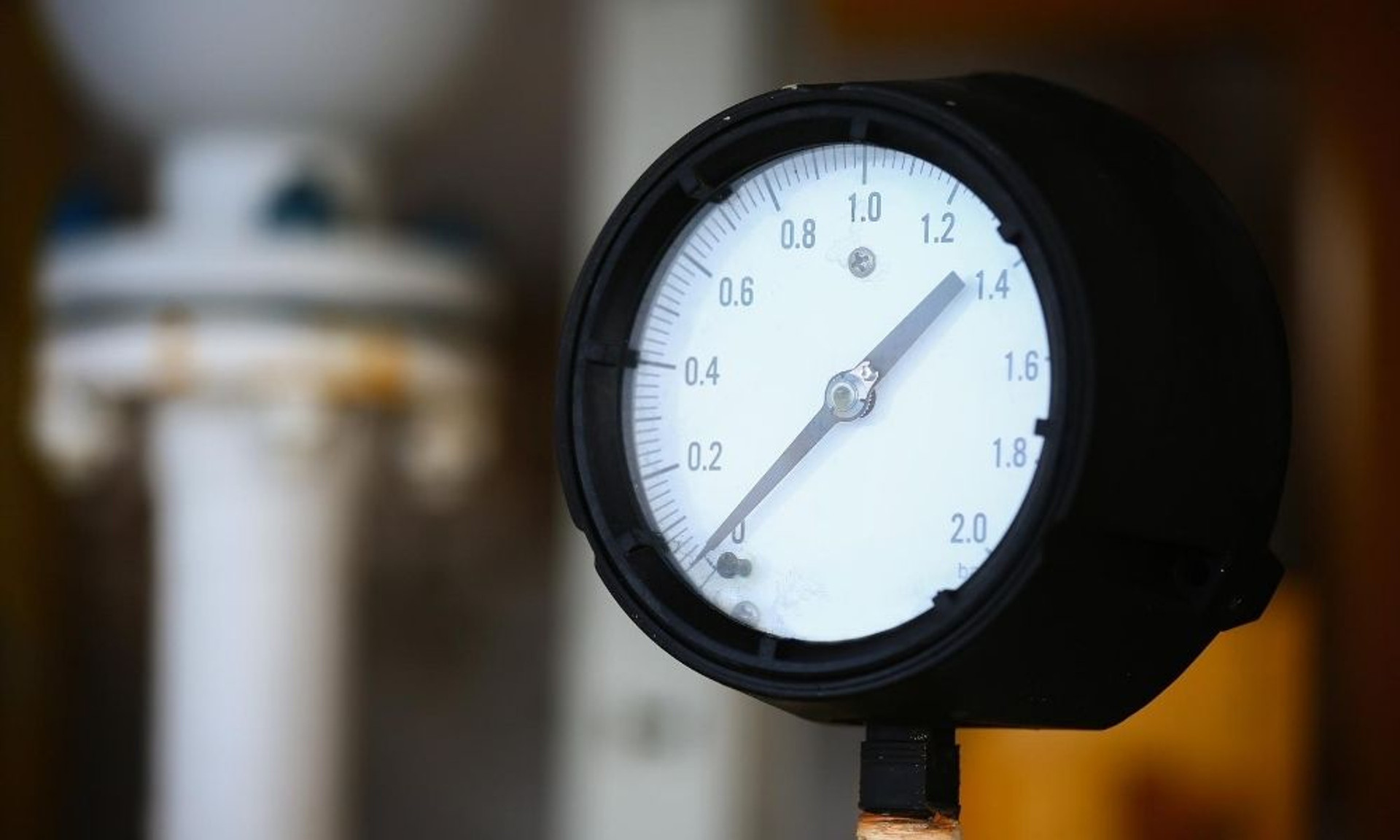Key Aspects To Know When Procuring and Using Calibration Gas
A calibration gas has a very important purpose. Calibration gasses are made up of a mixture of gaseous components which are used to calibrate gas detection instruments. These instruments are what will be used to protect people in specific environments that may have unknown hazardous gasses. There are many specifics that you should be aware of when working with this kind of product. Here we will look at some key aspects to know when procuring and using calibration gas.
Metrological Hierarchy and Levels of Standards
The Metrological Hierarchy is the three-level hierarchy of physical measurement standards. It is made up of three levels of calibration gas standards. These include Primary Reference gas mixtures, Secondary Reference gas mixtures, and working gas standards.
- Primary Reference gas mixtures: This is the highest standard of measurement, as it refers to the measurement of the amount of gas.
- Secondary Reference gas measurement: The measurement is a very close approximation of the primary reference standard, or rather, the exact measurement.
- Working Standards: This the approximate measurement with a traceable relationship to secondary and primary standards. This means it is a standard approximate measurement that a specific piece of equipment should meet.
Understanding Traceability
This is one of the most important key aspects to know when procuring and using calibration gas. Traceable calibration is meant to certify that a laboratory or manufacturer has been properly equipped to the standards of the National Institute of Standards and Technology (NIST). In the case of calibration gas, this ensures that it matches the proper standards of measurement. If it does not, then it may not be traceable to a gas detection instrument, which means it would not be able to be calibrated to work properly.
The Importance of Accreditation
Any laboratory or manufacturer that produces calibration gas for use must go through an accreditation process. Accreditation is when the laboratories and inspection bodies have been examined to make sure they meet the proper internationally recognized standards. This is known as the ISO17025 calibration gas standard. Being assessed for competence, impartiality, and performance capability is vital for the successful production of calibration gas. Calibration gas for consumer use would heavily risk product failure, health risks, and company reputation if it were produced from a source that didn’t follow this regulation.
Gas Mixture Manufacturing Methods
Calibration gases are made through a mixture of at least two gaseous components. This can be done with either the gravimetric or the volumetric methods. The volumetric method is done by using a pressure gauge that determines how much of each gaseous component has been added. The gravimetric method creates the mixture by weighing each component. This process involves using completely accurate balances, which is how the highest quality calibration gases are manufactured, making this the best method.

